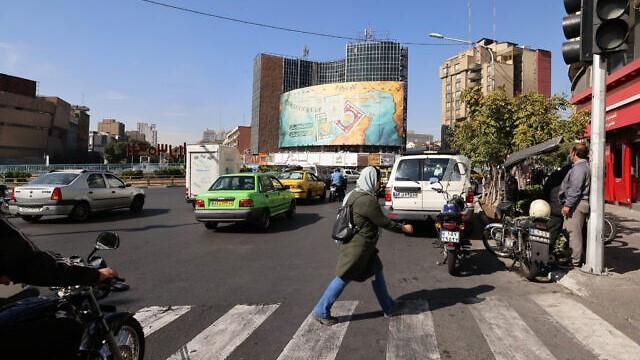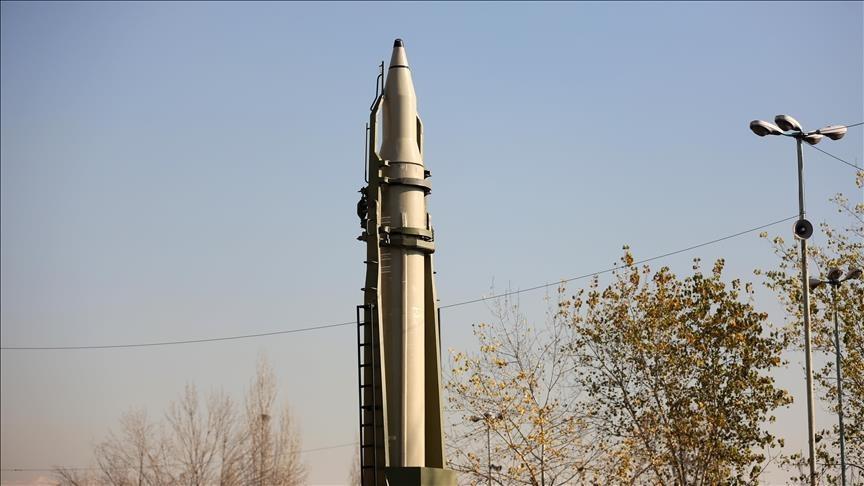Conservation focus in Göbeklitepe, archaeologists say
ISTANBUL - Anadolu Agency

Efforts at the ancient site of Göbeklitepe, known as the world's oldest temple, now must focus on conservation rather expanding excavation, said Turkish and German archeologists working at the 12,000-year-old dig site in southeastern Turkey.
"We believe it is more beneficial to excavate areas determined to be problematic rather than digging the whole site," Celal Uludağ, head of the excavation team at Göbeklitepe, told Anadolu Agency ahead of the anniversary of the ancient site's official public opening last March 8.
Necmi Karul, an archeologist at Istanbul University, agreed with Uludağ, saying that since the construction of a white, tent-shaped cover over the dig site, efforts at Göbeklitepe have focused on conservation.
Uludağ added that excavation work is now largely complete, since the area underneath was scanned with ground-penetrating radar that allows archeologists to detect subsurface structures.
In other areas covered with steel roofs, excavation continues.
"Our primary target for 2020 and beyond is to complete the excavation of the area under steel construction and later to conduct conservation and restoration work in these two areas," Uludağ added.
Karul backed Uludağ, saying: "Plans for the near future in Göbeklitepe were made on the conservation and consolidation of existing areas, rather than further excavations."
Göbeklitepe, in the Turkish province of Şanlıurfa, a site declared an official UNESCO World Heritage Site in 2018, was discovered in 1963 by researchers from the universities of Istanbul and Chicago.
The German Archaeological Institute and Şanlıurfa Museum have been carrying out joint excavations at the site since 1994.
German archeologist Klaus Schmidt ran efforts until 2014, when the team made such notable finds as T-shaped Neolithic obelisks towering 10-20 feet high and weighing 40-60 tons.
Small-scale excavations
Karul, who is also a member of the Göbeklitepe science commission, said small-scale excavations were carried out in places where the roof's legs were sunk in the earth of in areas required due to drainage.
“In these areas, ruins belonging to the old layers which were previously unknown in Göbeklitepe were unearthed,” Karul explained.
Lee Clare, a research lecturer at the German Archaeological Institute and coordinator at Göbeklitepe, also stressed that future digs will be limited in contrast to the large-scale excavations of years past.
“Your readers should understand that archaeological excavation also means destruction,” he explained.
“For this reason, it is important that everything is carefully documented before, during, and after excavation so that no information is lost in this process.”
Underlining that any structures that are excavated also need protection, Clare said important conservation work will be done.
“If they are not protected they will slowly fall apart and be lost to future generations,” he added.
“This year we plan to consolidate the prehistoric walls and check the stability of the T-shaped pillars. Because of the large size of the site, this work will take several years,” Clare said.
He also said that locals in the region will be trained to help with this work.
Large number of visitors
Last year, declared the Year of Göbeklitepe, TV series as well as animated films related to the ancient site helped attract thousands of tourists, making it a top cultural tourism destination.
“A total of 70,420 people visited the site between June and December 2018, while this number rose to 400,195 in 2019,” according to Uludağ.
With such a large number of visitors, conservation work was necessary to prevent any damage, he said.
“Also, during the roof construction the work stopped and the passage of time inevitably caused natural deterioration,” he added.
“Now eliminating all this is our primary goal.”
The public clamor for Göbeklitepe resulted in challenges, he said.
“How to cope with so many visitors? Generally speaking, I believe that we managed very well.”
He said on busy days they faced difficulties. “Sometimes people are very loud and it's sometimes difficult to concentrate working in the area beneath the visitor shelter.”
“Nevertheless, it is important for us that the knowledge that we accumulate about the site from our work is passed on to the public,” he added.
“For me, it is important that people are made aware of the significance of the site and archaeology in general. Education is the best way to protect archaeological sites from vandalism and robbery.”
Prehistoric, not primitive
For Uludağ, there are some "personally important" aspects of Göbeklitepe.
“The most important of these is to show that the people of the Neolithic period are not primitive creatures, contrary to what is believed, they have a developed social life and skills with their complex symbolism and architecture,” he said, citing in particular their sculptures, reliefs, plates, arrows, and spearheads.
Göbeklitepe is also one of the rare specimens of the “plateau Neolithic,” he said, referring to the belief that ancient settlements normally were established along riverbanks or shores, until Göbeklitepe showed new possibilities.
Göbeklitepe's location, some 770 meters (2,500 feet) above sea level and 400 m (91,300 ft.) higher than the Harran Plain, shows researchers that there were settlements, temples, monumental structures from the Neolithic period at this height.
He also stressed the need to form a huge labor force to construct such a monumental area as Göbeklitepe.
“The fact that it is a community that knows nature very well and knows how to utilize raw materials in nature and how to transform that materials for their own purposes show that these people have more social and cognitive abilities,” he added.
New publications on Göbeklitepe
Uludağ said the Şanlıurfa Museum and German Archaeological Institute are working together to publish a book on discoveries made at the site in recent years.
“First, there is a publication on architectural remains,” said Karul. “We know that there are other places in the region similar to Göbeklitepe.
“Last year, excavation work restarted in Karahantepe [Keçtepe] – around 60 km from where Göbeklitepe is located – and we encountered traces of special structures, obelisks, animal sculptures, and descriptions as well as similar symbolism,” he said.
This shows that the modern Turkish province of Şanlıurfa was a central place millennia ago, at the prehistoric beginning of settled life, he said.
















